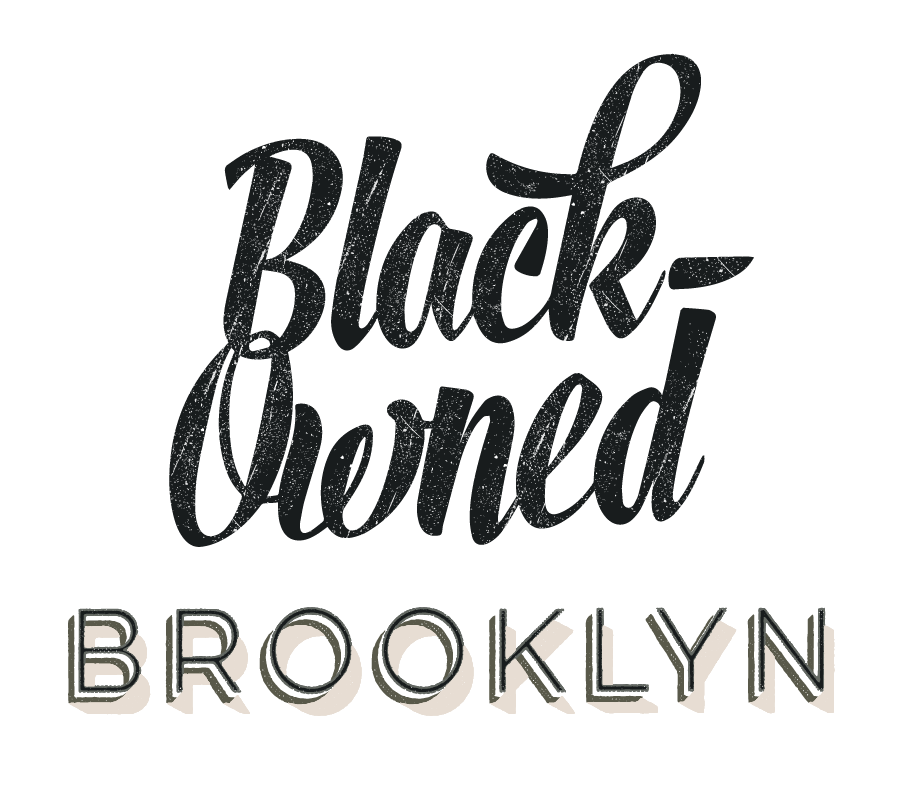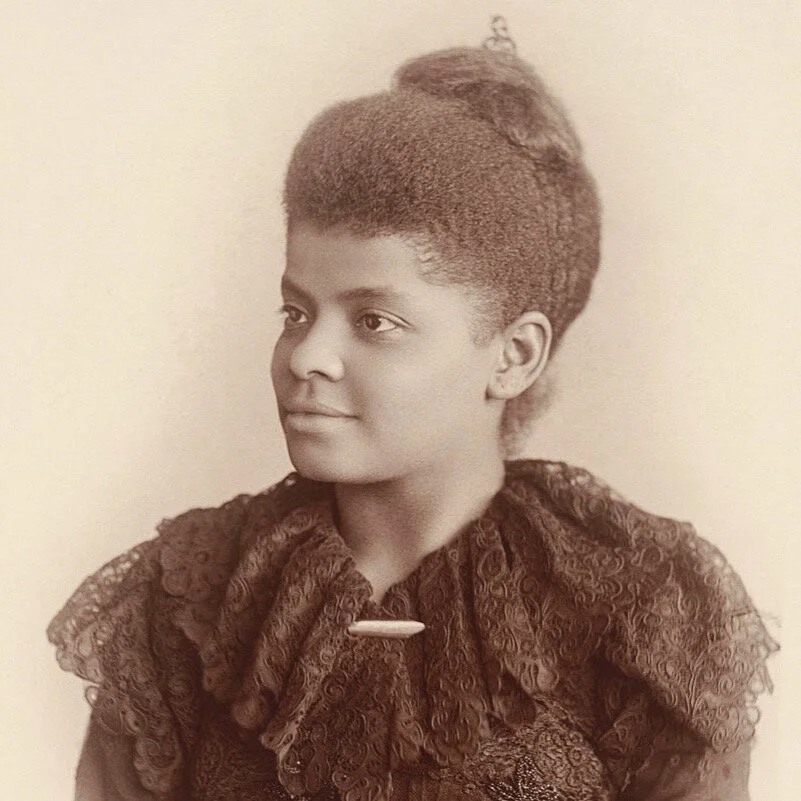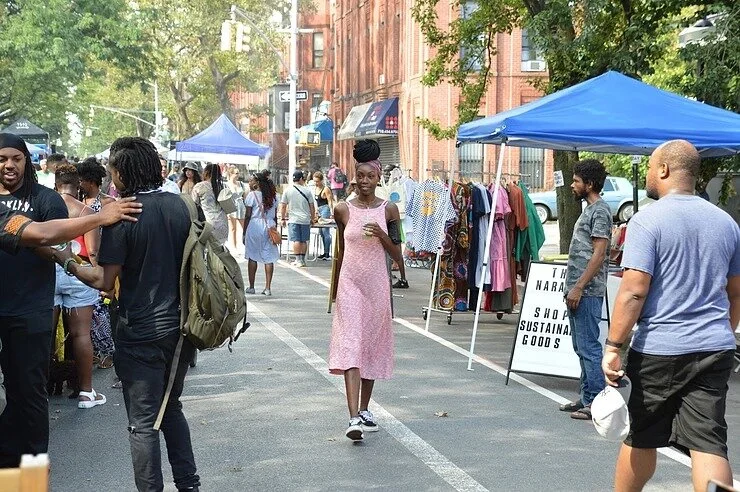Ida B. Wells in Brooklyn
Born in Mississippi in 1862, six months before the Emancipation Proclamation, Ida B. Wells devoted her life to fighting racism and sexism as an investigative journalist, lecturer and civil rights leader. And for about three years of her radical, history-making life, she lived in Brooklyn (ALL DAY)!
On Saturday at 12 pm, in Downtown Brooklyn at Willoughby and Gold Streets, the Brooklyn Historical Society is hosting a street co-naming ceremony to commemorate Wells and the place where she resided during this formative period of her activism.⠀
While living in Tennessee as editor and co-owner of the Memphis Free Speech newspaper, in 1892 Wells investigated the circumstances surrounding the lynching of three of her friends, grocery store owners who were accused of raping white women. After the article — asserting that the rape allegations often used to justify lynchings were false, and that Black men and women were, in fact, being lynched for things like registering to vote, starting businesses and refusing to show “proper” deference to white people — the offices of the Memphis Free Speech were destroyed and Wells, who was visiting New York at the time, was threatened with lynching herself.
For her personal safety and the belief that she could better amplify the anti-lynching fight here, Wells stayed in New York, taking up residence in Brooklyn (then its own city). During this time she deepened her activism. She rolled with a badass crowd of forward-thinking Black women — including educator Maritcha Remond Lyons, suffragist Sarah Garnet, author and journalist Victoria Earle Matthews, and physician Susan Smith McKinney — who were catalyzed by her advocacy against lynching.
In addition to founding women’s rights and racial justice organizations like the Equal Suffrage League and the Women’s Loyal Union of New York and Brooklyn, members of this supportive BK circle organized major public speaking events for Wells. The proceeds enabled the publication of her pivotal 1892 Memphis Free Speech article as a pamphlet, which she dedicated to “the Afro-American women of New York and Brooklyn.”








